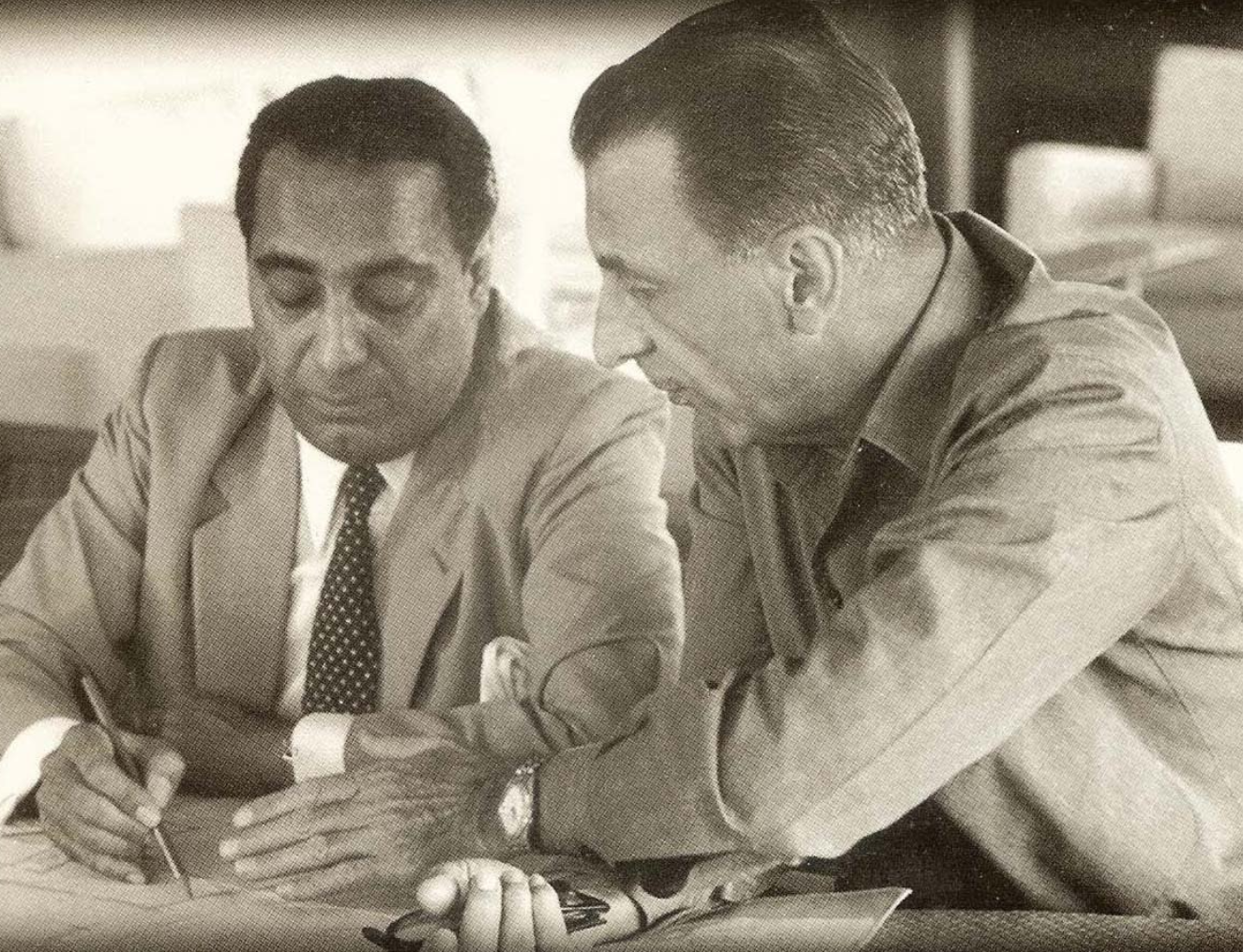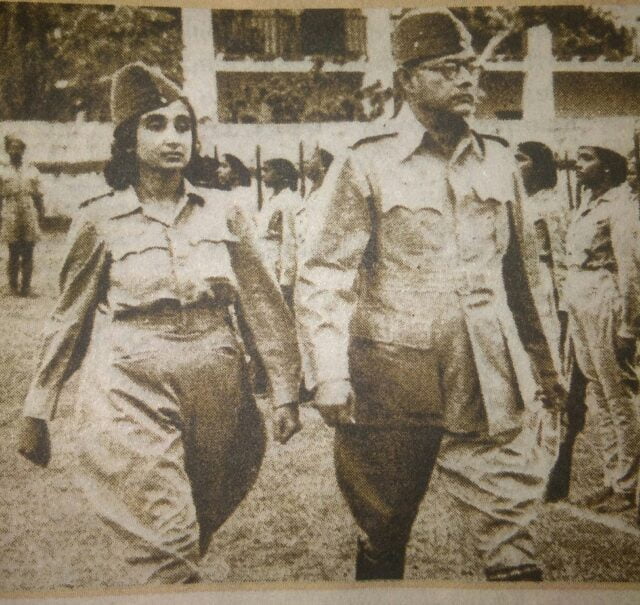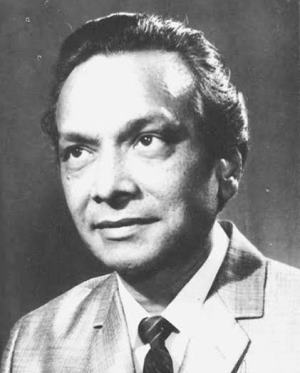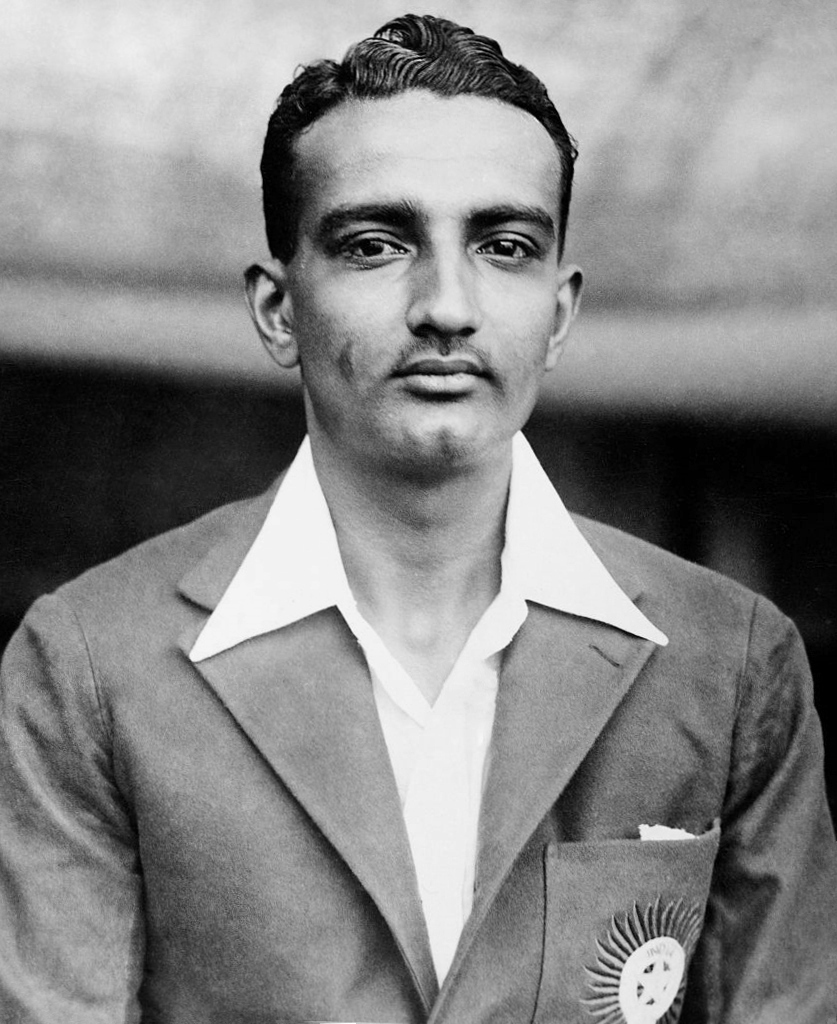Saquib Salim
The 1940s were a happening decade in Indian history. Millions perished in a man-made famine in Bengal, and other millions were killed or displaced in the aftermath of the partition. The country was partitioned along religious lines. The newly independent nation looked for heroes, especially. This is a list of five youth icons of the 1940s in India.
Brigadier Mohammad Usman
.jpg)
Brig Usman declined an offer from Mohammad Ali Jinnah to join the Pakistani Army and become its chief. In October 1947, when Brigadier Usman was at the front facing the Pakistani Army as a Rock of Gibraltar, they put a prize of Rs. 50,000 on his head. The Indian officer has vowed to sleep on the floor until defeating the enemy. He raised a children's corps to help the army, and he made the supreme sacrifice on the battlefield, but not before wresting Naushera from Pakistan. In no time, Brigadier Mohammad Usman, who led the Indian Army against Pakistan in Kashmir during the late 1947 and 1948 until his death on 3 July 1948, had acquired a cult status and was the first recipient of the Maha Vir Chakra.
On 6 February 1948, Pakistan attacked Naushera, Jammu and Kashmir. The Indian Army was led by Usman, who commanded 11,000 soldiers. Indian soldiers were outnumbered but high on morale. In a rare courageous act, Picket 2, of 1 Rajput held on to a post at Tain Dhar till the reinforcements arrived.
Out of the 27 soldiers at the post, 26 laid their lives. Naik Jadunath Singh was awarded the Param Vir Chakra posthumously for leading this defence. Indians killed 2,000 enemy soldiers while losing 33 peers. This was a decisive victory and made Usman a public hero in India. Pakistan declared a prize money of Rs. 50,000 over his head. Usman was hailed as ‘Naushera ka Sher’ (Lion of Naushera).
Usman was killed when Pakistan dropped a 25-pound shell on 3 July 1948. The brave commander was accorded a state funeral, which was attended by the Prime Minister Jawaharlal Nehru, the Governor General, the Defence Minister, and the Chairman of the Constituent Assembly. His funeral prayers were led by India's Education Minister Maulana Abul Kalam Azad.
Homi Jehangir Bhabha
Though the first Indian scientist to win a Nobel Prize was C. V. Raman (1930), the credit for dreaming big and laying the foundation of India’s scientific and technological rise goes to Homi Jahangir Bhabha. What sets him apart from other great scientists is his flamboyance and administrative skills. By the end of the Second World War, Bhabha had become a household name among educated Indians. College students wanted to be like this Indian recipient of the Adams Prize. He was called “the modern equivalent of Leonardo Da Vinci” by C. V Raman at a young age of 32.
 Homi Jahangir Bhabha with JRD Tata
Homi Jahangir Bhabha with JRD Tata
In 1943, Bhabha, 34, wrote to J. R. D. Tata to help him set up a research institute in India. Thus, the Tata Institute of Fundamental Research, Bombay (TIFR) was set up. With this, he also laid the foundations of the Indian nuclear program. Soon after independence, Bhabha proposed to Nehru the establishment of an Atomic Energy Commission (AEC) to develop nuclear energy.
In India, hardly any scientist has become as popular as Bhabha.
Captain Lakshmi Swaminathan
At a time when most Indian girls were not permitted to attend school, take up jobs, and were considered inferior, a woman army officer rose to prominence. Her popularity as a warrior could only be compared to her namesake, Rani of Jhansi Lakshmi Bai. Born in 1914 in Malabar, Kerala, Lakshmi Swaminathan completed her MBBS degree from Madras Medical College in 1938 and moved to Singapore. She served the Indian soldiers who were captured by Japan and later joined the Indian National Army (INA) of Subhas Chandra Bose as head of the all-women Rani Jhansi Regiment.

After the War, the INA soldiers were tried in a court. Captain Lakshmi became one of the most prominent faces to represent the INA among the public. She was interviewed by all the major newspapers, invited to address public meetings, and her photos were carried in marches in solidarity with the INA prisoners.
In the post-war years, she became an icon and role model for modern Indian women.
Naushad
A 26, Naushad was the Indian movie industry’s first superstar music composer. His music was a rage among young people after the release of movie Rattan in 1944. Interestingly, he was so popular that when a budding female singer, Uma Devi, 23, reached Mumbai from UP, she announced that unless she was signed for Naushad's composition, she would not sing. Uma Devi, who later became famous as Tun Tun, a popular character actor in Hindi movies, even threatened self-immolation if she didn’t get to sing for Naushad.

Naushad was the highest-paid music director of his time. He charged more than all the actors put together for a film.
Young Indians like Uma Devi would flee their homes to Mumbai in the hope of working with him. Mohammad Rafi was another singer from Punjab who came to Bombay, chasing his dream of working with Naushad.
Vijay Merchant
In the 1930s, Vijay Merchant laid the foundations of the ‘Bombay School of Batsmanship’, which gave India legendary players like Sunil Gavaskar, Dilip Sardesai, Ajit Wadekar, Sachin Tendulkar, and many other cricketers. Vijay withdrew his name from the first test squad India sent to England in 1932 in response to the Call for Civil Disobedience by Mahatma Gandhi.

His First Class average is second only to that of Donald Bradman. His style attracted many youngsters in India to take up batting. By the 1940s, youngsters wanted to bat like him and represent India. This started a tradition that ensured that India always had great batters in its cricket team.
He played only 10 International Test matches owing to the freedom struggle, the Second World War, and fitness, but his average of more than 47 shows his class. His record of 11 First Class Double Centuries lasted for more than 60 years.
ALSO READ: Young men and women who inspired Indians in the 1930s
Vijay Merchant was one of the reasons why the Indians preferred batting instead of bowling.
